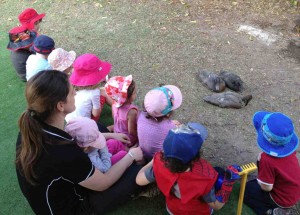The protozoan Cryptosporidium is a leading cause of diarrhoea morbidity and mortality in children younger than 5 years. However, the true global burden of Cryptosporidium infection in children younger than 5 years might have been underestimated in previous quantifications because it only took account of the acute effects of diarrhoea. We aimed to demonstrate whether there is a causal relation between Cryptosporidium and childhood growth and, if so, to quantify the associated additional burden.
The Global Burden of Diseases, Injuries, and Risk Factors study (GBD) 2016 was a systematic and scientific effort to quantify the morbidity and mortality associated with more than 300 causes of death and disability, including diarrhoea caused by Cryptosporidium infection. We supplemented estimates on the burden of Cryptosporidium in GBD 2016 with findings from a systematic review of published and unpublished cohort studies and a meta-analysis of the effect of childhood diarrhoea caused by Cryptosporidium infection on physical growth.
Findings
In 2016, Cryptosporidium infection was the fifth leading diarrhoeal aetiology in children younger than 5 years, and acute infection caused more than 48 000 deaths (95% uncertainty interval [UI] 24 600–81 900) and more than 4·2 million disability-adjusted life-years lost (95% UI 2·2 million–7·2 million). We identified seven data sources from the scientific literature and six individual-level data sources describing the relation between Cryptosporidium and childhood growth. Each episode of diarrhoea caused by Cryptosporidium infection was associated with a decrease in height-for-age Z score (0·049, 95% CI 0·014–0·080), weight-for-age Z score (0·095, 0·055–0·134), and weight-for-height Z score (0·126, 0·057–0·194). We estimated that diarrhoea from Cryptosporidium infection caused an additional 7·85 million disability-adjusted life-years (95% UI 5·42 million–10·11 million) after we accounted for its effect on growth faltering—153% more than that estimated from acute effects alone.
Interpretation
Our findings show that the substantial short-term burden of diarrhoea from Cryptosporidium infection on childhood growth and wellbeing is an underestimate of the true burden. Interventions designed to prevent and effectively treat infection in children younger than 5 years will have enormous public health and social development impacts.
Morbidity, mortality, and long-term consequences associated with diarrhoea from cryptosporidium infection in children younger than 5 years: A meta-analyses study
The Lancet Global Health, DOI: https://doi.org/10.1016/S2214-109X(18)30283-3
Ibrahim A Khalil, Christopher Troeger, Puja C Rao…
Funding
The Bill & Melinda Gates Foundation.











.jpg) protection in the Health Service Executive (HSE).
protection in the Health Service Executive (HSE).